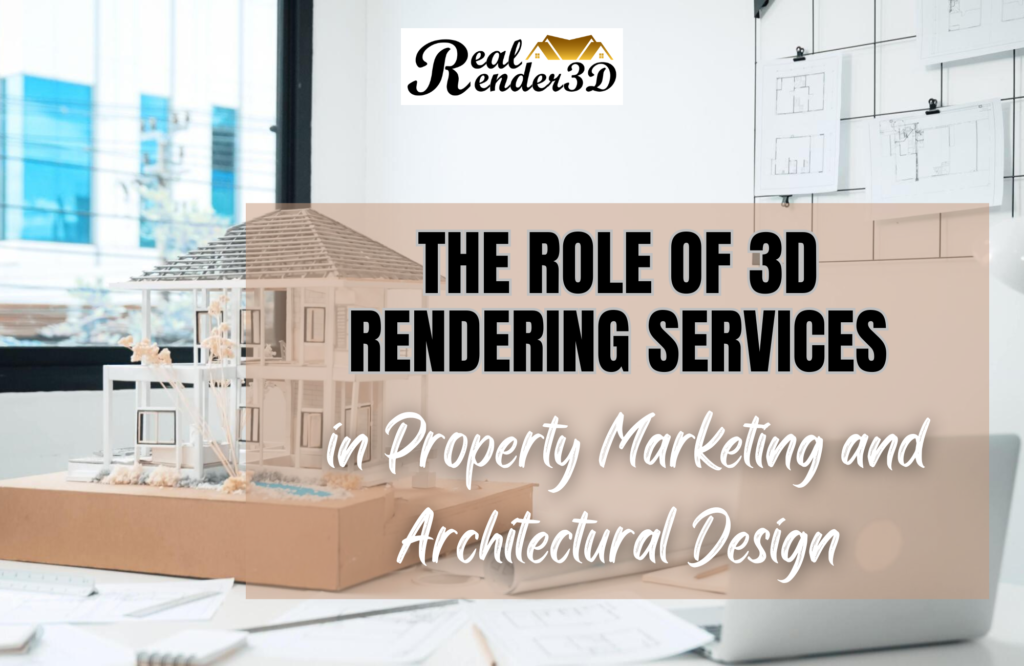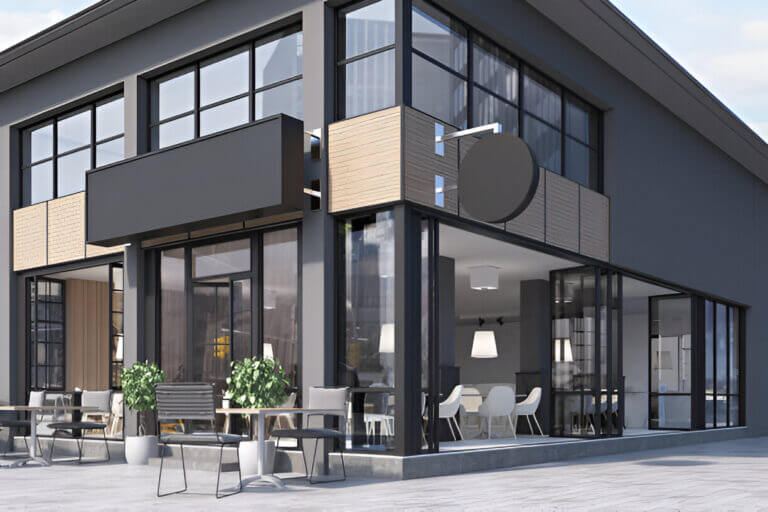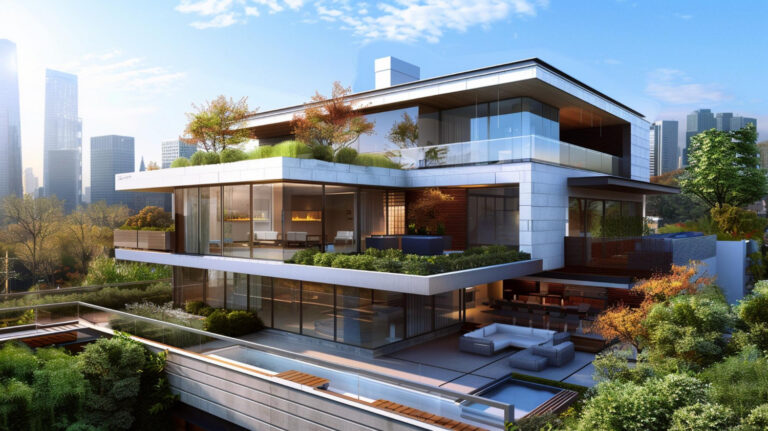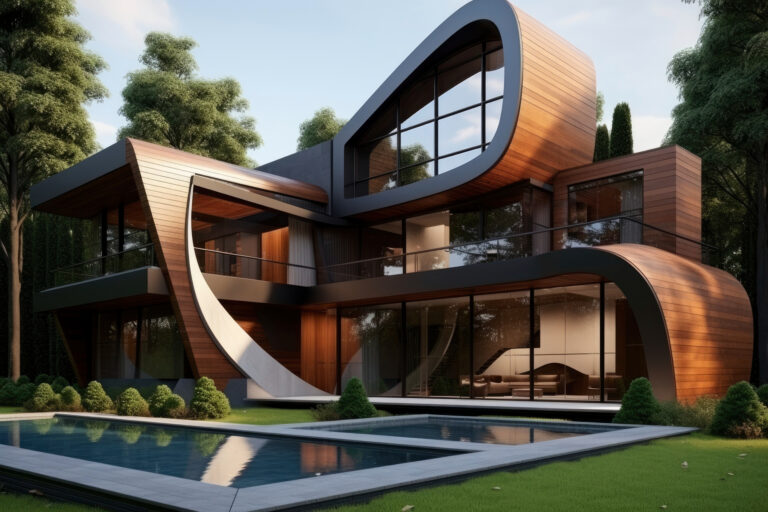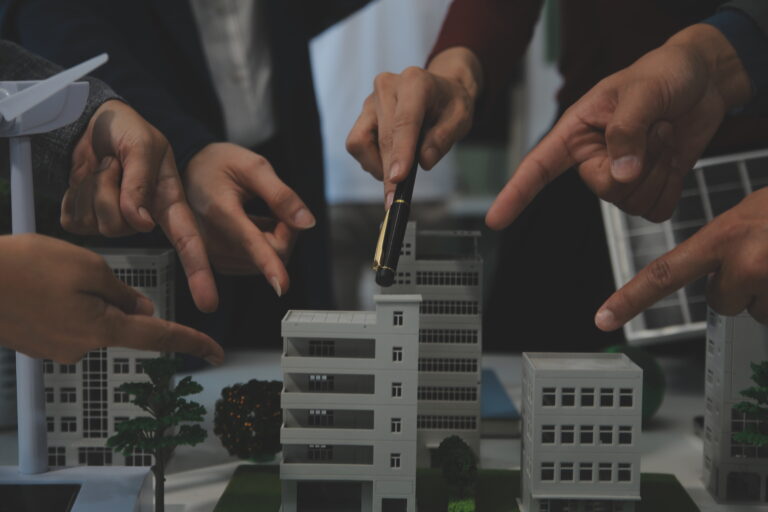Introduction
Today, 3D rendering services are a big part of both architectural design and property marketing. These services turn ideas into realistic pictures. This is important for architects and designers to show their projects better and for property marketing to give potential buyers and investors a clear picture of what to expect.
How Realistic Pictures Help in Property Marketing

Property marketing renders are now key in selling and showing properties. They show clients what a building will look like before it’s built. This helps people make decisions easier and helps sell properties by showing them in the best possible way.
Using CGI to Show Buildings Better
3D architectural visualisation for the property is not just about showcasing pictures; they are needed for architects to show their building designs well. These methods let architects try out different designs, materials, and lighting on a computer before anything is built. Making CGI images is now a big part of the work for architectural firms and real estate developers because it helps everyone understand the project better from the start. You can read our latest blog for more information on 2024’s Guide to Boosting Property Sales with 3D Architectural Rendering
The Importance of 3D House Floor Plans
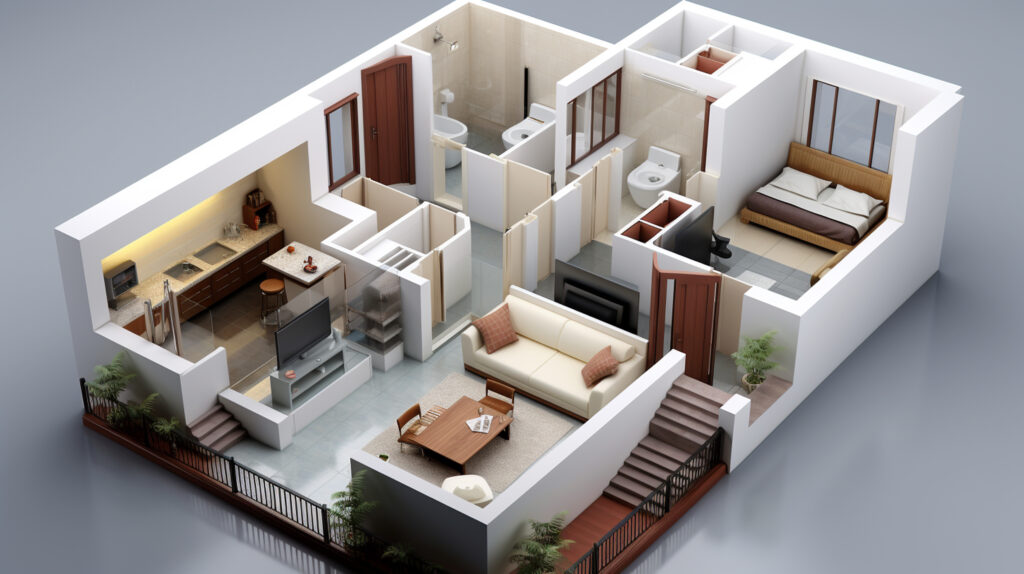
3D house floor plans also show the inside of homes in detail. They help show how different rooms are laid out, where furniture can go, and how much space there is. This is very useful for interior designers, property developers, and future homeowners to get a real feel for the inside of a home before it’s built.
3D rendering services include many different things, from showing how buildings will look to planning the inside of homes. They are a big part of how architects and marketers work today, making it easier to plan and sell properties.
The Benefits of 3D Rendering in Project Planning and Marketing

3D rendering brings many advantages to the table, not just for designers but also for clients and marketers. Here’s how it makes a difference.
Making Planning Easier
One of the biggest benefits of 3D rendering services is how they make planning simpler. Architects and designers can try out different ideas and see problems before they start building. This saves time and money and makes sure the final building is just what everyone wants.
Better Marketing Tools
For those selling properties, this offers a powerful way to show potential buyers what they’re getting. Instead of just describing a property or showing plans, 3D renders let people see the building in a very realistic way. This can make them more interested and more likely to buy.
Clear Communication
Another key point is that 3D architectural visualisation helps everyone understand the project better. Sometimes, reading plans or descriptions can be hard, but a 3D image shows everything clearly. This means fewer misunderstandings and happier clients.
The Process of Creating 3D Renders
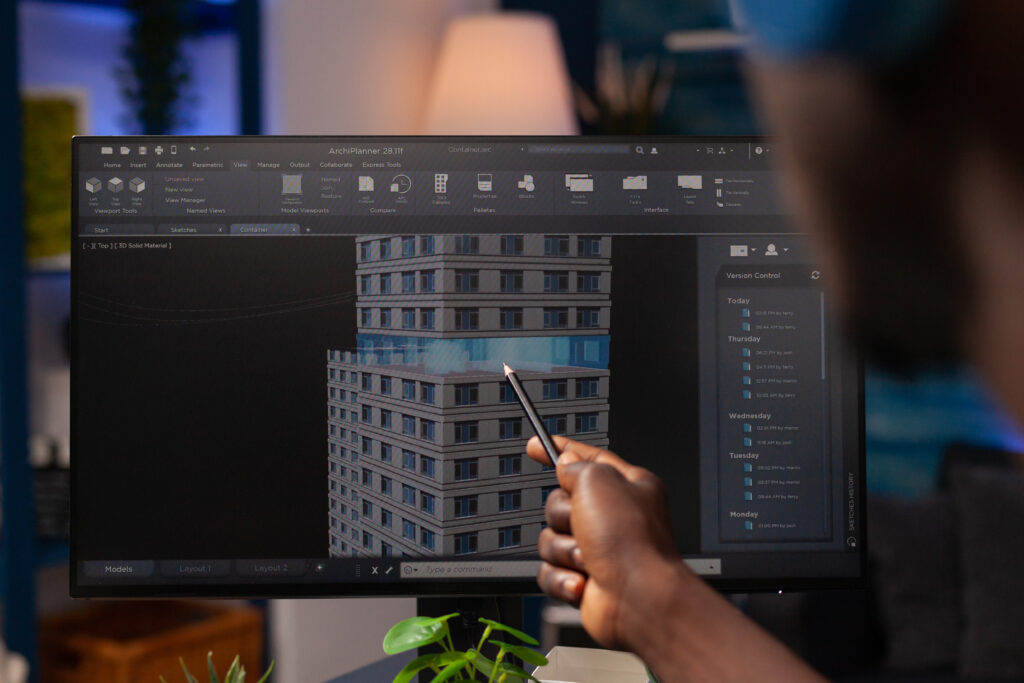
It involves a few steps to get from an idea to a final image that everyone can understand and use.
- Idea and Design: It all starts with the basic idea and design drawings. This is what the 3D artists will use to create the render.
- Modeling: Next, they build a 3D model of the project. This model includes all the details of the building, from the shape of the rooms to the materials used.
- Texturing and Lighting: After the model is ready, it’s time to add textures (like brick, glass, or wood) and lighting. This is what makes the render look real and shows how the building will look in different conditions.
- Rendering: With everything in place, the computer processes all the information to create the final image. This can take a while, depending on how complex the project is.
- Post-Processing: Finally, the image might be adjusted a bit to make sure it looks perfect. This could involve tweaking the colors, brightness, or adding some final touches.
Check out this blog for more details Create Photorealistic 3D Renders with our 3D Rendering Services
The Future of 3D Rendering: Trends and Advancements
The world of 3D rendering services is always moving forward, with new technologies and ideas constantly emerging. Let’s look at what’s next and how staying up-to-date with these trends can benefit architects, developers, and marketers.
Virtual Reality (VR) and Augmented Reality (AR) in Architecture
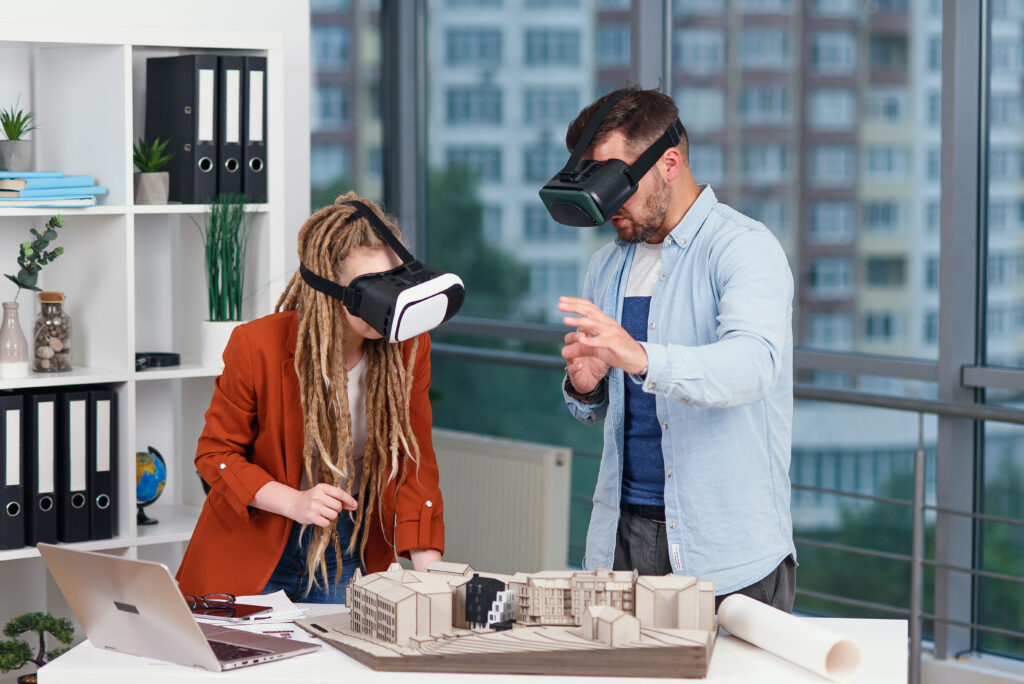
Virtual house tours and augmented reality are changing how people view and interact with 3D architectural visualisations. Instead of just looking at images, clients can now walk through virtual models of their projects using VR, or see how a new building will look in an existing space with AR. This immersive experience is beneficial for both design approval and marketing.
Sustainable and Eco-Friendly Designs
Sustainability is becoming more important in all areas, including construction and design. 3D visualisation helps architects experiment with eco-friendly materials and designs before anything is built. This means they can find the best ways to save energy and reduce waste, making buildings better for the environment.
AI and Automation in Rendering

AI can help automate some parts of the rendering process, like creating realistic textures or figuring out the best lighting. This can make rendering faster and let designers focus on the creative parts of their work.
How to Keep Up with 3D Rendering Services
With all these changes, it’s important for professionals in architecture and marketing to keep up. Here are a few tips:
- Stay Informed: Keep an eye on industry news and trends in 3D architectural visualisation and related technologies.
- Continuous Learning: Consider courses and workshops to learn about the latest 3D rendering services and how to use them.
- Network: Join professional groups or online communities focused on 3D visualisation architecture, VR, and AI in design.
3D rendering services cover a lot, They’re a big part of how buildings are designed, approved, and sold today. By understanding the current benefits and future directions of 3D rendering, professionals can make the most of these tools in their projects. Check out The Impact of 3D Rendering Services on Commercial Construction Projects for more information.
Frequently Asked Questions
1. Why use 3D rendering services for property marketing?
3D rendering helps showcase properties in a realistic and attractive manner before they are built, improving marketing efforts and helping potential buyers visualize the space.
2. Can 3D rendering save time and money in construction?
Yes, it allows architects and designers to identify and solve potential issues before construction begins, reducing costly mistakes and saving time.
3. What’s the difference between 3D visualization and CGI?
3D visualization refers to the entire process of creating three-dimensional images, while CGI (Computer-Generated Imagery) specifically refers to the rendering aspect that produces the final image.
4.How does VR and AR integrate with 3D rendering?
VR (Virtual Reality) and AR (Augmented Reality) use 3D renders to create immersive experiences, allowing users to explore or visualize architectural projects in a more interactive way.
5. Are 3D house floor plans better than traditional plans?
Yes, because they provide a clearer, more detailed view of the layout, helping to better understand the spatial dynamics and design of a property.
6.How long does it take to create a 3D render?
The time can vary depending on the complexity of the project and the level of detail required, ranging from a few days to several weeks.
7. Is 3D rendering environmentally friendly?
Yes, it allows for testing sustainable building materials and designs virtually, which can contribute to more eco-friendly construction practices.
Alex Smith is a content writer at RealRender3D, writing informative articles on 3D rendering, interior design, architecture, and related topics.
With over 15 years of experience at top UK architecture and interior design firms, Alex leverages his expertise to write engaging content educating readers on AEC industry trends and best practices.
Connect with Alex at alex@realrender3d.co.uk.
